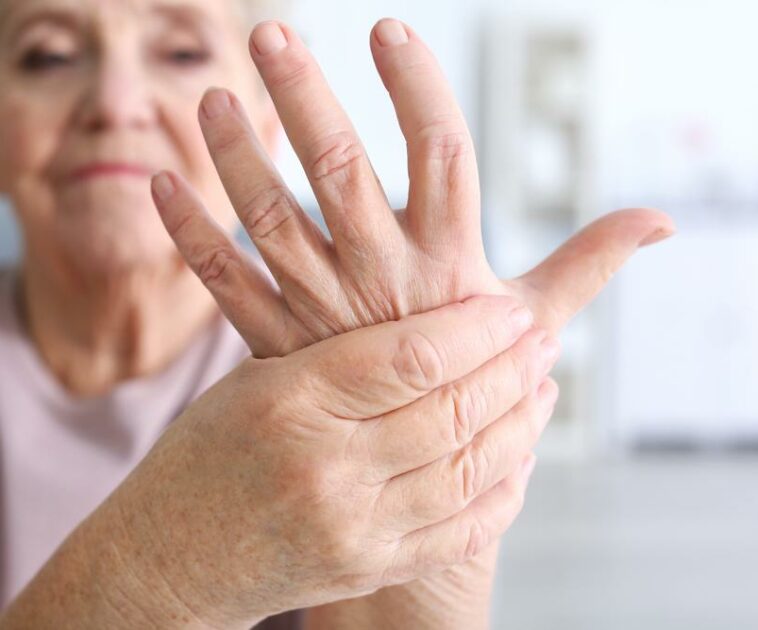Parkinson’s disease is a condition in which the central nervous system is affected. This disease typically affects people over the age of 50 and tends to worsen with time. As the disease progresses, one’s mobility can be restricted thereby making daily activities quite difficult to perform. Most patients with Parkinson’s need nursing care.
There is no known cure for Parkinson’s disease; however, medication can help relieve the symptoms of this disease. Most cases of Parkinson’s disease are termed as idiopathic Parkinson’s meaning that there is no identifiable cause. Parkinson’s disease affects and damages nerve cells that are responsible for the production of dopamine. Dopamine helps transmit electrical impulses between the brain and muscles to control movements. Thus, without them, coordination becomes difficult and the person may also have balance problems.
Symptoms of Parkinson’s disease
Parkinson’s disease has some symptoms that can be identified easily. However, often, years may pass before the condition can be diagnosed. This is because they may be misunderstood as normal signs of aging. The pace at which this disease advances can vary from person to person. Symptoms of this condition are usually more pronounced on one side of the body. Some of these symptoms have been explained in brief below:
Changes in movements: People suffering from Parkinson’s disease typically move very slowly. When they walk, they take small, hesitant steps. Taking the first step is often very hard. At the same time, it is very difficult for them to stop moving or suddenly stand still. As the disease progresses, the person may be unable to swing his or her arms while walking. Tasks that required a certain level of dexterity, such as tying a knot, usually become more difficult.
Facial expressions: The facial muscles tend to become stiff and inactive. This makes it difficult for a person to be expressive and the face takes on a mask-like appearance. Swallowing becomes harder and the speech may turn monotonous.
Muscle rigidity: As the disease progresses, the muscles in the neck, arms, and legs become stiffer. Even when someone else tries to move the arms or legs forcefully, the body resists any movement. This tensing of muscles can be painful and cause a dull ache.
Tremors: Most people suffering from Parkinson’s disease experience a tremor in their hands. This usually is more apparent when the hands are at rest.
Parkinson’s disease and everyday life
Parkinson’s disease hampers a person’s quality of life. Since the disease cannot be cured, a fear of losing independence sets in from its onset. This can affect a person’s self-confidence and increase their tendency to withdraw from social activities. It can also affect personal relationships.
Thus, if you or a person related to you is diagnosed with Parkinson’s’ disease, it is a good idea to make arrangements for help that will almost certainly be needed as the condition progresses. Talking about the condition and how you feel about it can help stabilize emotions and avoid complications like depression.
Treatment options for Parkinson’s disease
Treatment becomes necessary as the disease progresses and its symptoms start interfering with the person’s daily life. Medication is prescribed to increase dopamine levels. This helps relieve the symptoms but does not slow down the pace at which the disease progresses. As the condition advances, the dosage and type of medication may need to be changed. Instead of oral medications, a medication pump may be used wherein the medicines can be injected directly into the small intestine. In some cases, surgery may be advised to stimulate muscle activity.
Apart from medication, most Parkinson’s patients say that keeping busy helps relieve their symptoms and stay positive. Speech therapy and occupational therapy may also help make their speech clear and improve their coordination.




















